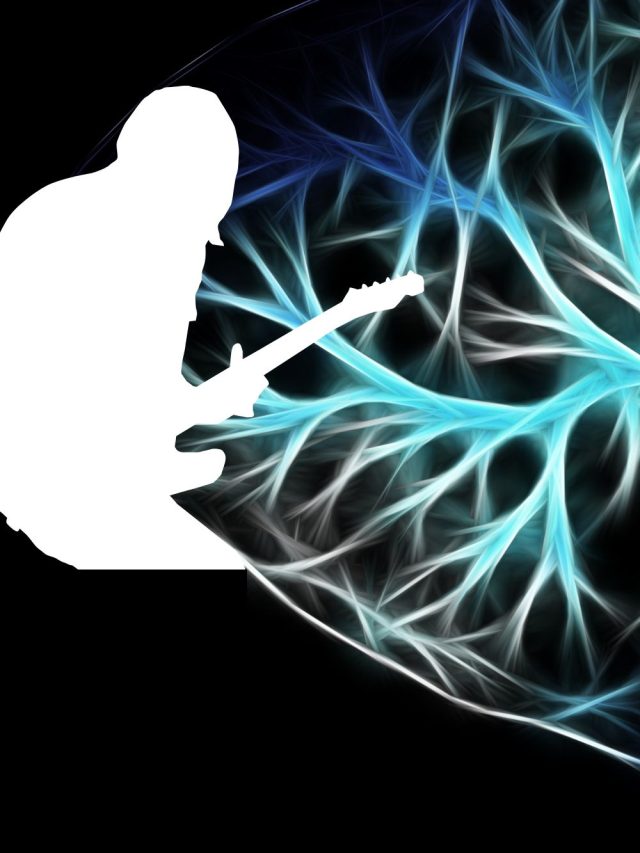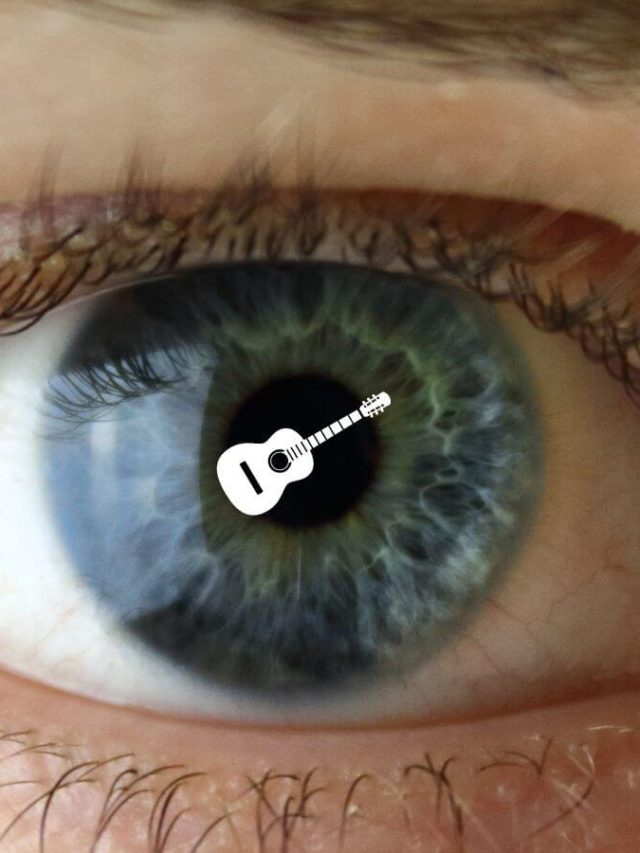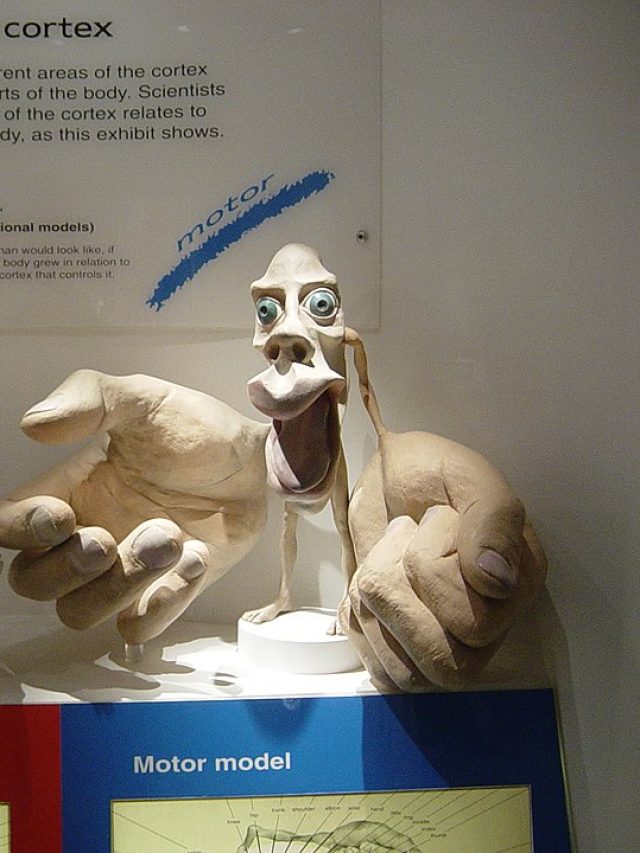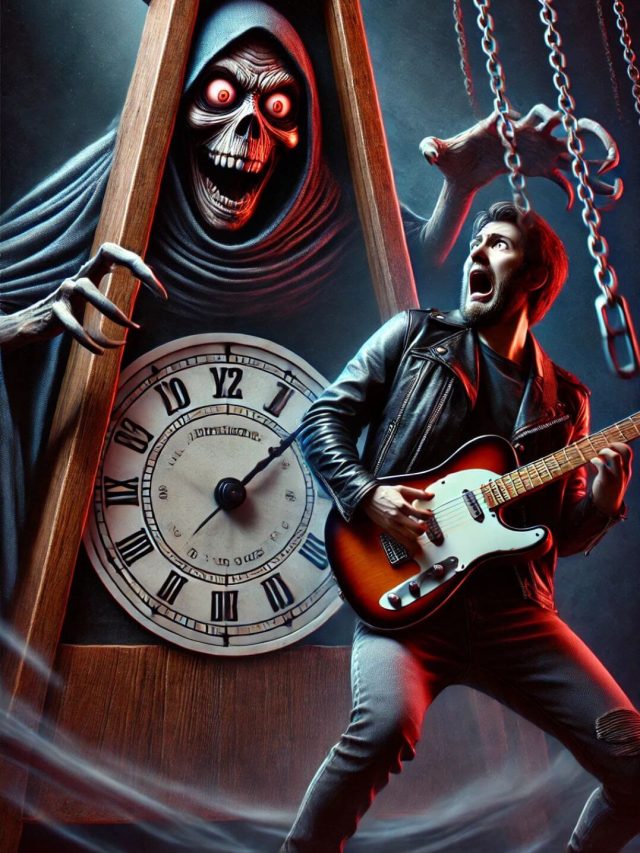If you are trying to be a professional guitarist, chances are you’ve been jamming with new people. New drummers, new bassists, new keyboard players, new vocalists. Then you have to worry about what to jam on. Unless you are a cover band with a set mindset on what to execute in the jam room, you are likely to doodle on your instrument and wing it. I believe blues is one of the best starting points to start jamming and building chemistry with other musicians.
Jamming is an integral part of a guitarist’s professional evolution. The objective is to make “conversations” between instruments and estimate how you are progressing together.
Personally speaking, I’d like to do bluesy jams to get acquainted with each other. On the other hand, picking up a song and learning it and then jam with each other is a lot more work, especially homework. Plus, it’s not ideal for exploring each other’s creative sides because of heavy musical restrictions.
Blues is fairly easy to be average at. But it is hard to be good at. It’s a good testing field. This is exactly what you need as a novice jam guitarist. Plus, there seem to be a lot more seasoned guitarists who are acquainted with the blues than other genres, so jamming buddies would tend to know blues, statistically speaking!

Blues helps you learn how to respond to other musicians and progress with your own ideas
You don’t have to think much about song structure and other memory-intensive aspects of music when it comes to blues. It’s almost a plug ‘n play routine. You can start with a mid-paced 100-120 BPM rhythm and progress from a few chords to a few licks. You can then evolve those licks into something more musical. This approach lets you start slow and understand other musicians and how they react to you and how you can react to them. Playing chemistry is really about a musical Stimulus-Response. Each musical section is a stimulus, and you have to generate a response. Then your previous lick which was a response becomes the stimulus for another musician’s response. This way, you develop an entire network of Stimulus-Response pairs.
The other part of chemistry is self-correction and adjustments.
Two key mechanisms of chemistry and learning: error correction and feedback.
When you jam, you are prone to play out of sync and fail to adjust yourself. Your goal should be to recognize that and then correct yourself. The most common areas where guitarists make errors are timing, balancing, and resolving a lick. Blues gives you a chance to keep trying without breaking momentum in the jam. Let’s look at all 3.
Timing: Timing is not just about knowing the BPM; it’s about creating accented notes and knowing how long a specific lick goes on. When you jam on a bluesy background, you can experiment with accented notes, breaks, chord changes, and adjust your sense of time based on how the keys escalate or how the drums change. Since it’s not fast, it’s also easier to keep actual count.
Balancing: Balancing is the art of complimenting other musicians while jamming and finding an equilibrium. How intense you get, how soft you get, and how you pause and let the instruments breathe is all a part of balancing. But, there is an advanced form of balancing too. It’s when one instrumentalist starts shifting the equilibrium. That means you are either going to move toward a busy space or an empty space or a loud space or a soft space. Essentially, instrumentalists build a feedback loop to shift the whole musical structure toward a new equilibrium. To do this, it’s easy to think in terms of 3 forms of feedback loops:
- Positive feedback loop: When someone goes more intense, you accompany them and continue building the intensity. This loop “builds up”
- Negative feedback loop: When someone goes more intense, you tone down and balance it out. This loop “stabilizes”
- Controlling loop: When someone is either building up or toning down, you can forcefully steer the music and become a lead who carries the jam forward.
All 3 loops are easy to perform with blues.
Resolving a lick: When you play a bunch of tunes and have gone through musical ups and downs with stable sequences in between, there is opportunity to end the music. There are ways to end your licks like they are the finale of a TV series. Blue gives ample chance to figure out how you can end a melody. Effectively, blues allows enough space to go through a trial and error resolving phase, which is essential to learning how to collaborate musically.
When you play a few chops and see how you all interact together, you get an idea of how musically compatible you all are with respect to improvisation.
Your memory frees up space and gives you the chance to plan and attempt new things.
You can pick up a groove and the bassist, guitarist, keyboardist, vocalist, saxophonist, drummer, etc. can all play together using their own musical judgment. They all can showcase their skills. The main active ingredient here is everyone gets to think because there is time and space in the entire sound, and your chops are fairly easy. For a musician, the basics are strong in muscle memory – their brains already know the musical structures without thinking. This frees up “working memory” to anticipate and plan on some innovative composing. But, there are more advantages to a freed-up working memory.
Let’s take a small detour. Our working memory has 3 compartments that temporarily hold information.
- The visuospatial sketchpad – this governs locations and physical structures
- The phonological loop – this governs recently heard sounds and new musical progressions you want to include in the next few bars.
- The episodic buffer – this governs ideas from your past learning and keeps them ready for execution.
When you are jamming, it’s best not to burden your working memory. To learn while jamming, you can use your working memory to process what others are playing and plan your next steps. So logically, playing something more automatic on the guitar helps this.
There is enough musical space for everyone. Musical ideas can be exchanged in abundance!
Because your working memory is relatively free, you can insert what you practice into the jam and try it out. You can then adjust your learning to fit the musical context and refine your skills.
Imagine you’ve practiced a few dozen new phrases, and you aren’t nailing them. You have to adjust your learning to fit other musicians’ playing. Only when you can fit your pieces with theirs, you demonstrate an ability to play musically. Otherwise, you are using others as a backing track and not dynamic musicians.
Takeaway
Learn a little bit of blues. Watch some bluesy jam sessions. And start collaborating in the jam room. Use the breathable nature of blues to implement what you are learning and use the space to understand how others are collaborating with you.










